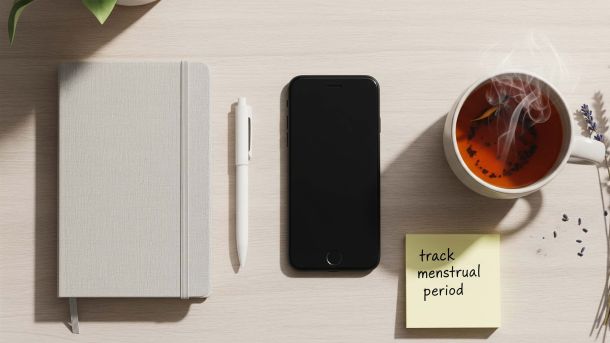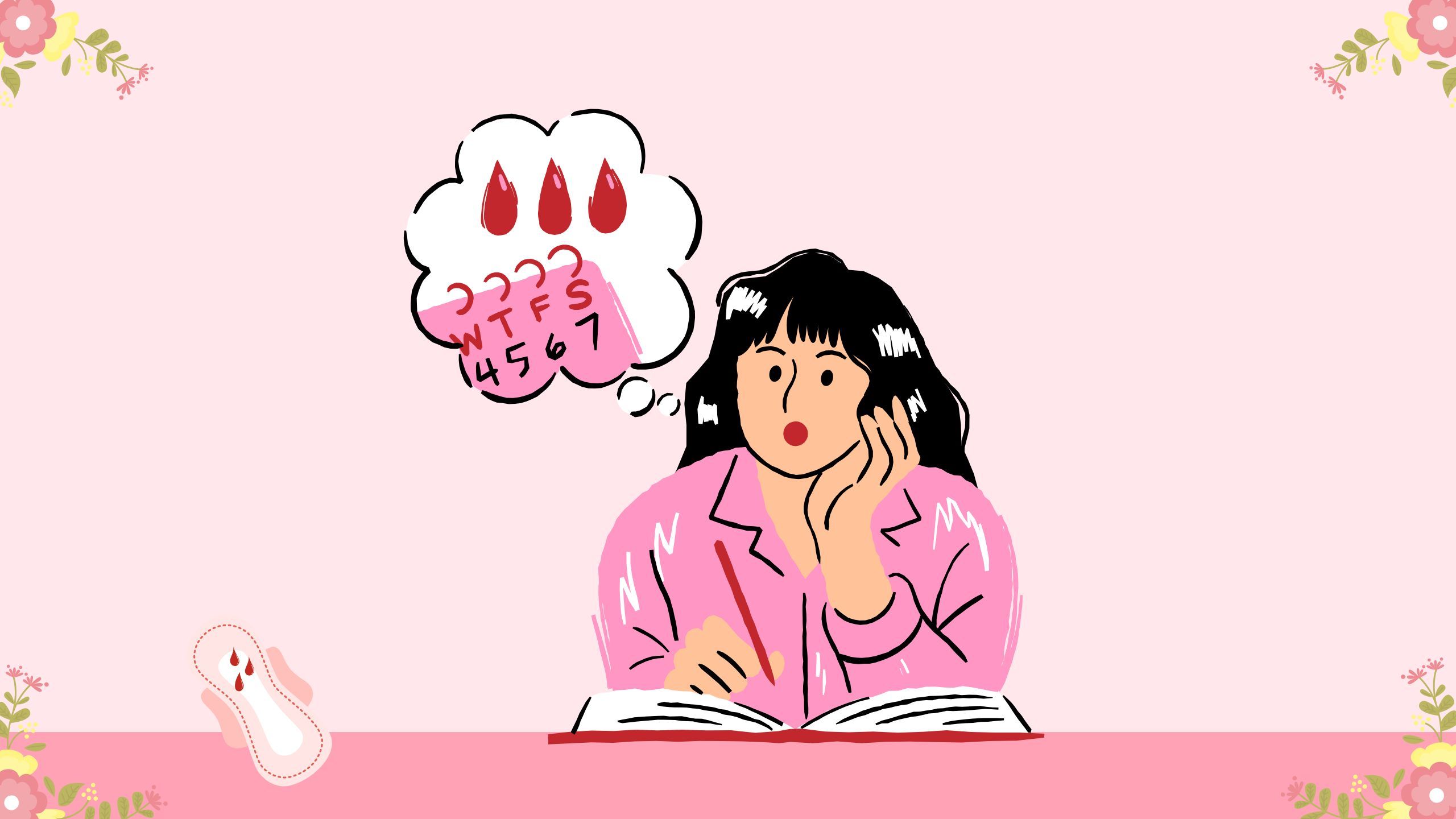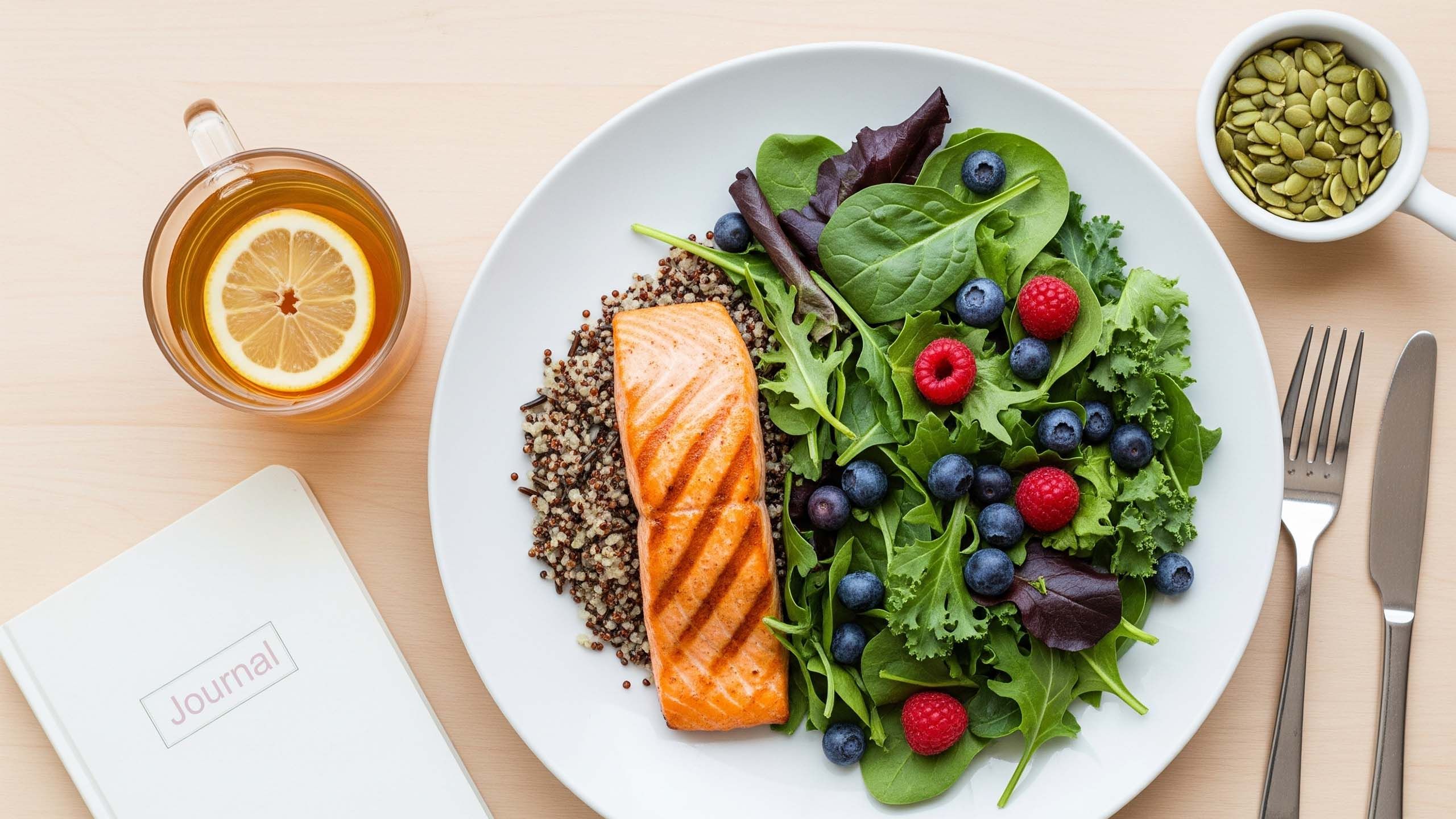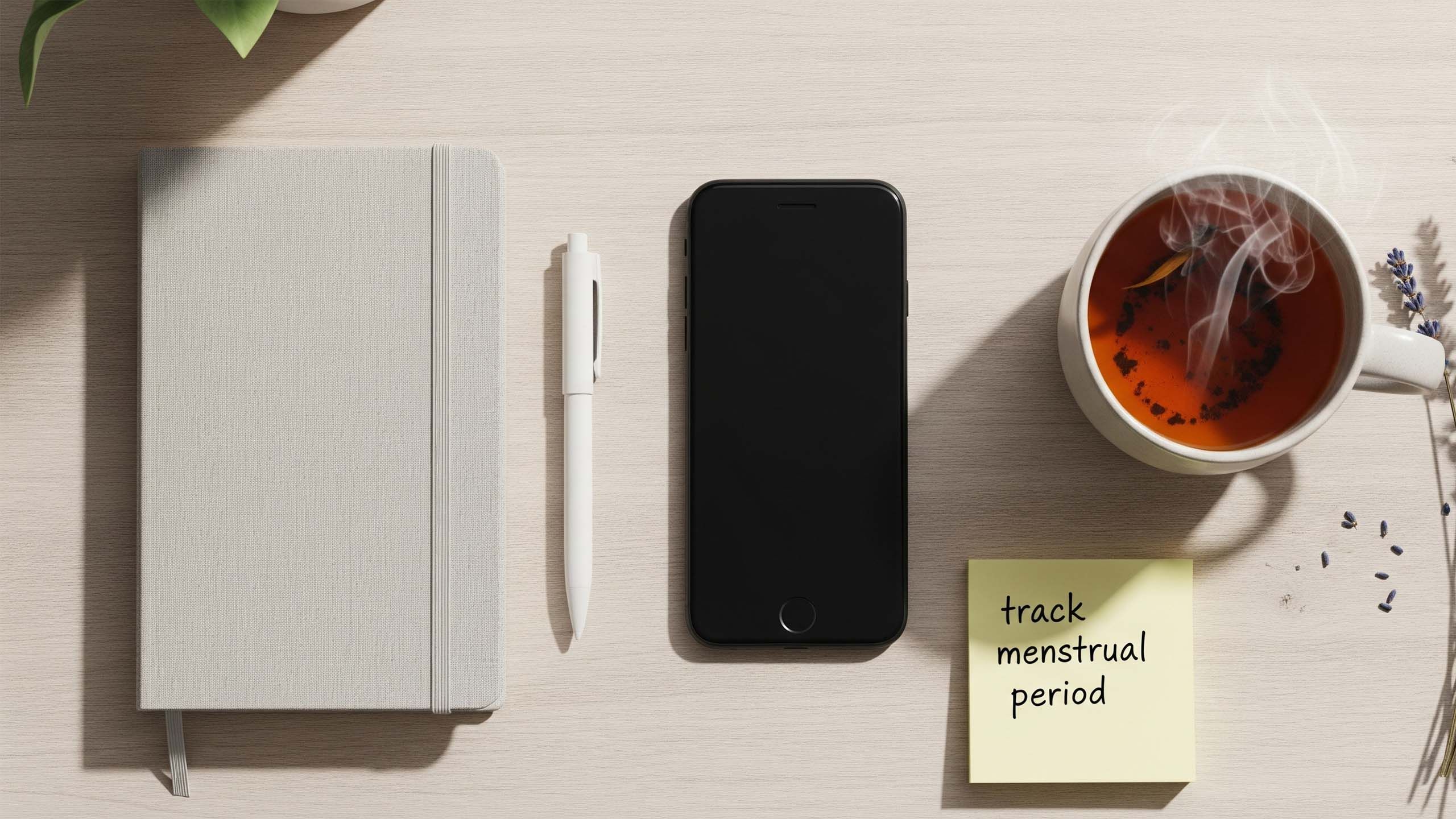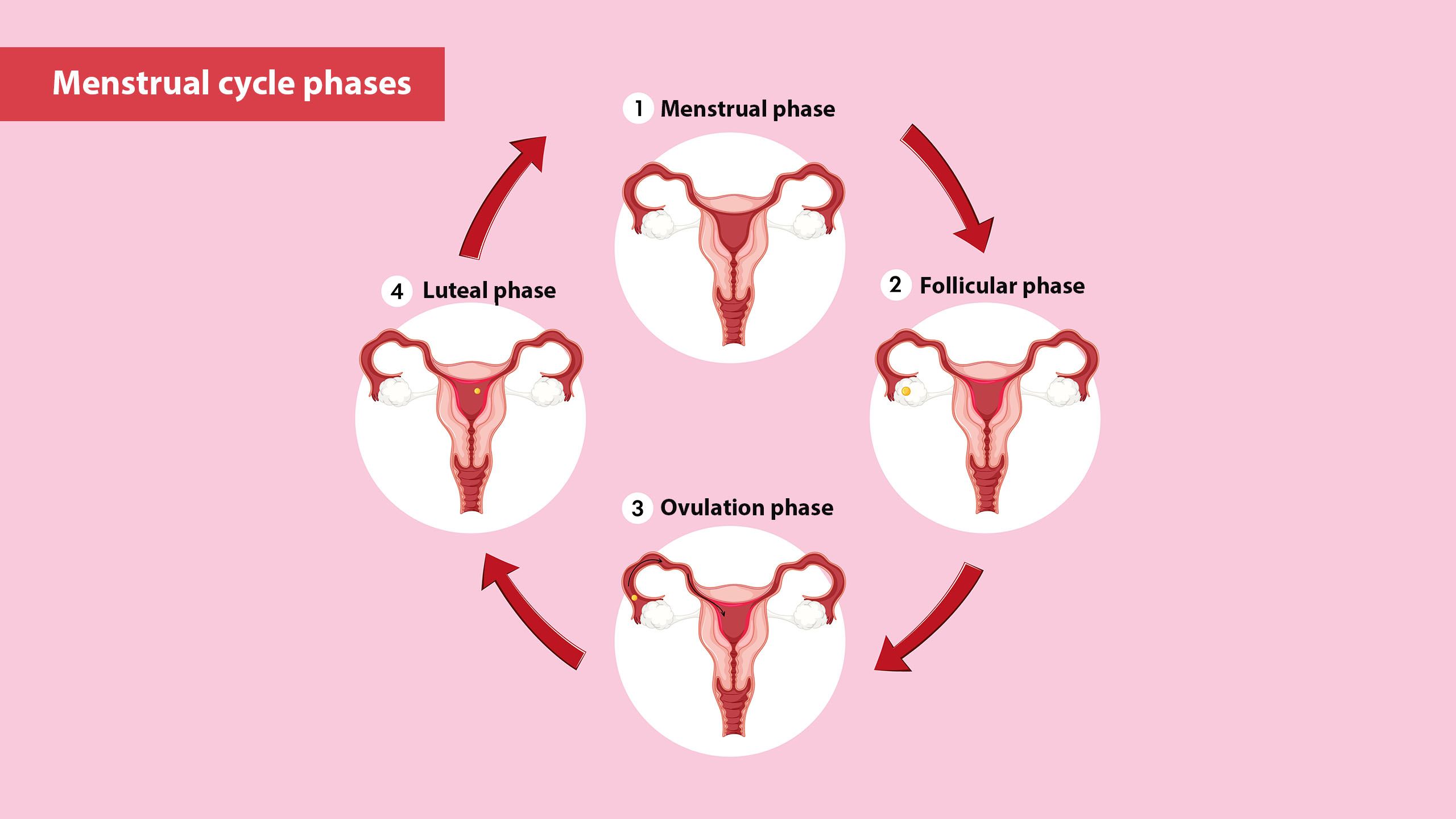10 Ways to Make Your Period More Comfortable
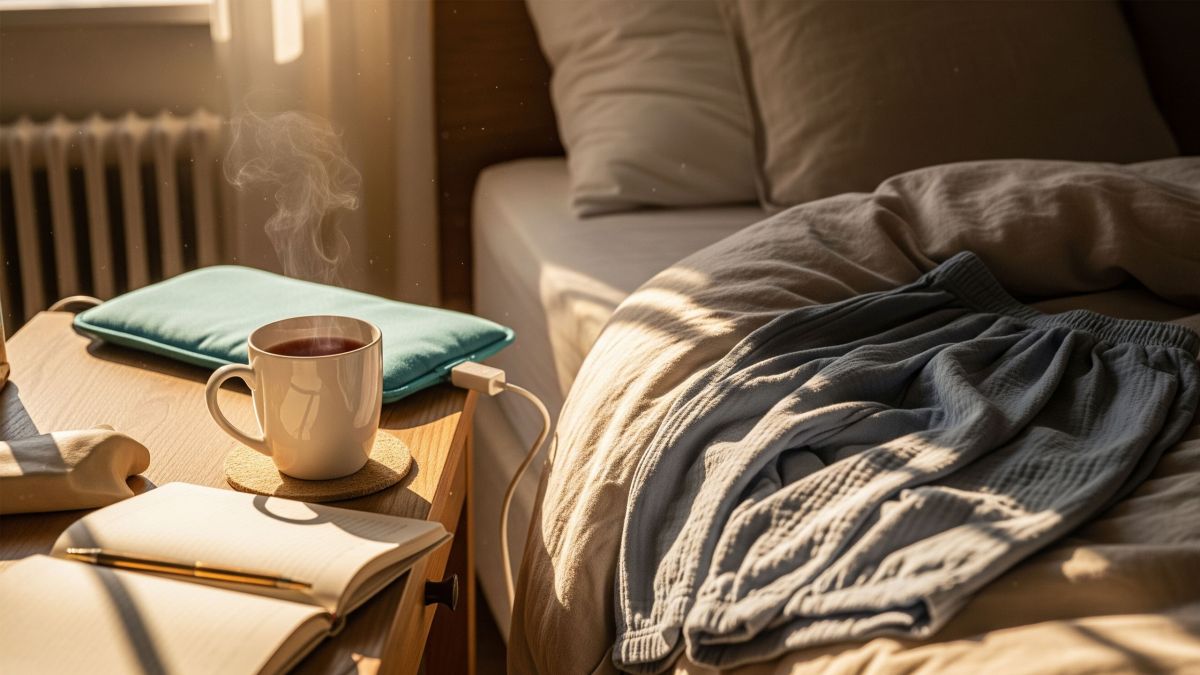
Menstruation is a natural rhythm of the body, but that doesn’t mean it always feels easy. Cramping, fatigue, bloating, mood swings, and disrupted sleep can make those days of the month more demanding than others. While every person experiences their cycle differently, there are practical ways to nurture comfort, support the body, and reduce unnecessary stress.
Below are 10 thoughtful ways to make your period more comfortable—simple, effective approaches that can help you feel more at ease during this time.
1. Use Heat Therapy for Cramps
Applying warmth is one of the most reliable methods for soothing uterine cramping. A heating pad, hot water bottle, or even a warm bath relaxes muscles and increases blood flow, reducing tension and discomfort. Portable adhesive heat patches are also convenient if you’re on the go.
2. Choose the Right Period Products for You
Pads, tampons, menstrual cups, discs, and period underwear all offer unique benefits. Some people prefer the reliability of pads at night, while others enjoy the freedom of a cup during the day. Experiment with different options until you find what suits your body and lifestyle. Comfort often comes from using what feels most natural and least restrictive.
| Product | Best For | Comfort Notes | Change/Empty |
|---|---|---|---|
| Pads | Overnight, light–heavy flow, first-time users | Breathable, no insertion; may feel bulky if very active | Every 4–6 hours (or as needed) |
| Tampons | Swimming, sports, discreet wear | Choose lowest absorbency needed; pair with liner if spotting | Every 4–8 hours |
| Menstrual Cup | All-day wear, cost-saving, lower waste | Once fitted well, many find it very comfortable | Every 8–12 hours |
| Menstrual Disc | High capacity, mess-reduction during intimacy | Sits higher; some can self-empty on the toilet | Every 8–12 hours |
| Period Underwear | Back-up protection, light days, sleep | Feels like regular underwear; check absorbency rating | Change daily (or as needed) |
3. Stay Hydrated
Water may not sound like a comfort strategy, but hydration helps reduce bloating and lessens fatigue. Herbal teas such as chamomile or peppermint can offer both hydration and relaxation, soothing digestive issues or cramps that often accompany menstruation.
4. Support Your Body with Nourishing Foods
What you eat can influence how you feel. Whole foods rich in magnesium, iron, and omega-3s—such as leafy greens, nuts, salmon, and beans—help replenish nutrients lost during menstruation. Reducing excess sugar and caffeine may also minimize mood fluctuations and discomfort.
| Category | Examples | Benefits |
|---|---|---|
| Heat Therapy | Heating pad, warm bath | Relaxes cramps, improves circulation |
| Nutrition | Leafy greens, nuts, salmon | Replenishes nutrients, reduces bloating |
| Relaxation | Breathing, meditation | Lowers stress, eases mood swings |
5. Prioritize Gentle Movement
Although exercise might feel like the last thing you want, gentle activities such as walking, yoga, or stretching can release endorphins that ease pain and improve mood. Low-impact movement also supports circulation and reduces bloating.
6. Practice Restful Sleep Habits
Fatigue often intensifies during menstruation. Setting up a restful sleep environment—dim lighting, a supportive pillow, and breathable bedding—can make a significant difference. Some people find sleeping with a pillow between the knees or a slight incline helps relieve pressure on the abdomen.
7. Try Relaxation Techniques
Stress can magnify cramps and mood swings. Mindful breathing, meditation, or progressive muscle relaxation helps the body shift into a calmer state. Even 10 minutes of intentional breathing can lower stress hormones and create a sense of ease.
8. Keep a Period Comfort Kit
Prepare a small kit with items you know will bring relief—snacks, a favorite herbal tea, pain relievers, a heating pad, or essential oils like lavender. Having these tools within reach prevents last-minute scrambling and makes comfort more accessible.
9. Wear Comfortable Clothing
Snug waistbands and restrictive fabrics can add unnecessary pressure to an already sensitive abdomen. Opt for loose, breathable clothing—soft leggings, cotton underwear, or flowy dresses—that let your body move and relax without irritation.
10. Track Your Cycle for Awareness
Keeping a cycle journal or using an app helps you anticipate when symptoms are likely to appear. Understanding patterns in your mood, cravings, and energy levels allows you to plan ahead and treat yourself with more patience and care.
Final Thoughts
Periods may never feel entirely effortless, but small adjustments can ease discomfort and restore a sense of control. Whether it’s the soothing warmth of a heating pad, the grounding effect of gentle stretches, or simply choosing the right products, every step toward comfort is an act of self-support.
Listening to your body and offering it care during menstruation isn’t indulgent—it’s a meaningful way to honor the natural cycle that sustains well-being.
Q&A
Q1: Are cramps normal every cycle, or should I be concerned?
Mild to moderate cramps are common. If pain suddenly worsens, disrupts daily life, or doesn’t improve with heat, OTC pain relief, or rest, speak with a healthcare professional.
Q2: What’s the best position to sleep on my period?
Many find side-sleeping with a pillow between the knees or lying with a slight incline reduces abdominal pressure and back discomfort.
Q3: Can exercise really help with cramps?
Yes—gentle movement like walking or yoga releases endorphins, improves circulation, and can ease pain and mood symptoms.
Q4: How much water should I drink to reduce bloating?
Aim for steady hydration throughout the day. Carry a water bottle and include hydrating foods (citrus, cucumber, soups, herbal tea).
Q5: How do I choose between a cup and a disc?
Cups sit lower and form a seal; discs sit higher and often hold more. Comfort depends on your anatomy and preference. Try one at a time and give yourself a couple of cycles to adjust.
Q6: What foods help the most?
Magnesium-rich and iron-supportive options—leafy greens, beans, nuts, seeds, salmon—plus whole grains and colorful produce. Reducing excess sugar and caffeine may help some people.
Q7: Is it safe to use heat all day?
Warmth is generally safe when used sensibly. Keep it at a comfortable temperature and avoid direct, high heat for prolonged periods on bare skin.
Q8: Will tracking my cycle make a difference?
Yes. Patterns help you plan rest, workouts, and supplies, and can flag changes worth discussing with a clinician.
Disclaimer: The articles and information provided by the Vagina Institute are for informational and educational purposes only. This content is not intended to be a substitute for professional medical advice, diagnosis, or treatment. Always seek the advice of your physician or another qualified health provider with any questions you may have regarding a medical condition.


 English
English  Deutsch
Deutsch  Español
Español  Français
Français 